The state of Goa is certainly blessed with amazing geographic location along with variety in culture and architecture. The state was once a Portuguese colony and still has many beautiful reminiscent of the Portuguese era. One of such places is located in the capital city of Panjim. Fontainhas area, near Ourem Creek in Panjim, has the Latin quarters of the Portuguese colonists. Portuguese Architecture can thus, best be relished in Fontainhas Goa, a Portuguese Colony in Goa.
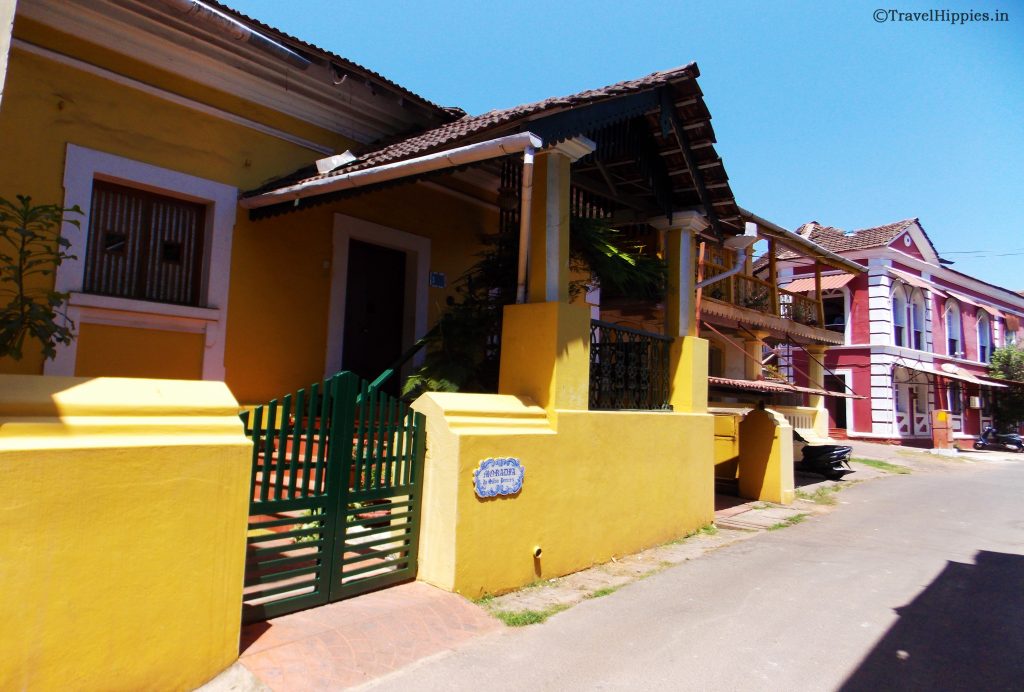
Exploring a little Portugal named Fontainhas in this tiny state of India is certainly an eccentric experience. The Hindu Brahmins of Mala area co-exist here with the Indian Christians. Though most of these colourful houses in this Portuguese Colony are converted into Heritage Hotels and cafes, many houses can still be seen inhabited by the Goan Christians.
Altinho Hill and the Natural Water Spring in Fontainhas Goa
Fontainhas is located at the base of the Altinho Hill. Thus, it receives a natural stream water supply at the base. It was hence aptly named Fontainhas, a constantly flowing fountain of Phoenix. The Fountain still exists at the end of the quarters enroute the Maruti Temple. You can start the walk by entering any one of the streets along the famous Ourem creek. I started from the Geetanjali Art Café on one of the streets in front of the hotel Panjim Inn.
Panjim Inn Cafe
The beautiful old building here is converted into a café with beautiful paintings on its walls. Hotel Panjim is also open for visitors. You can enjoy the view of the colorful quarters from the beautiful terrace café of the hotel. The heritage hotel has also preserved some of the rosewood furniture of the bygone era and some of the century-old whiskey bottles. The heritage building is thus a must-see place for any heritage lover.
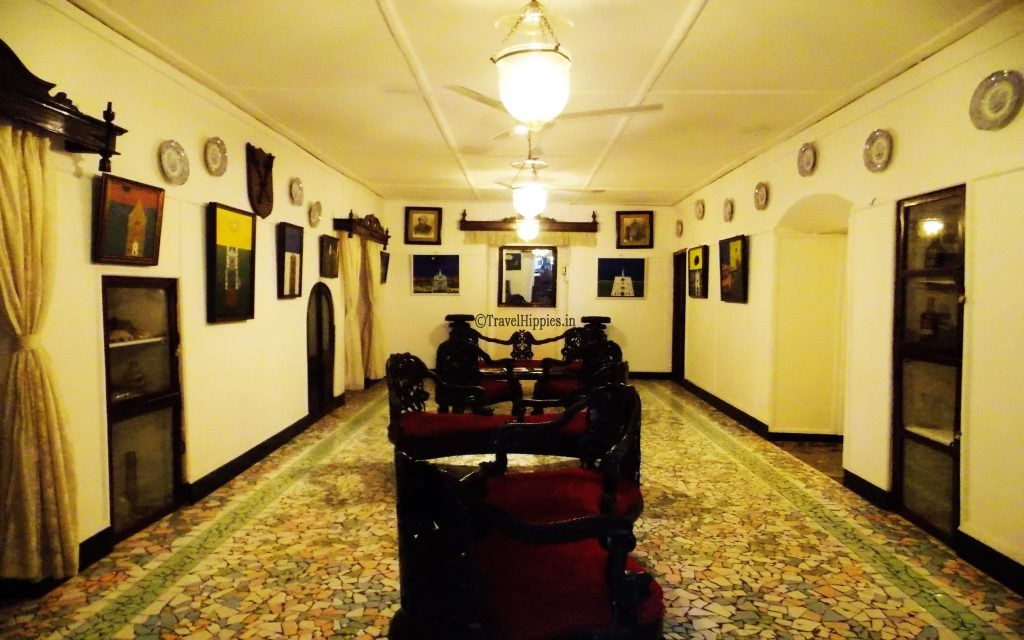
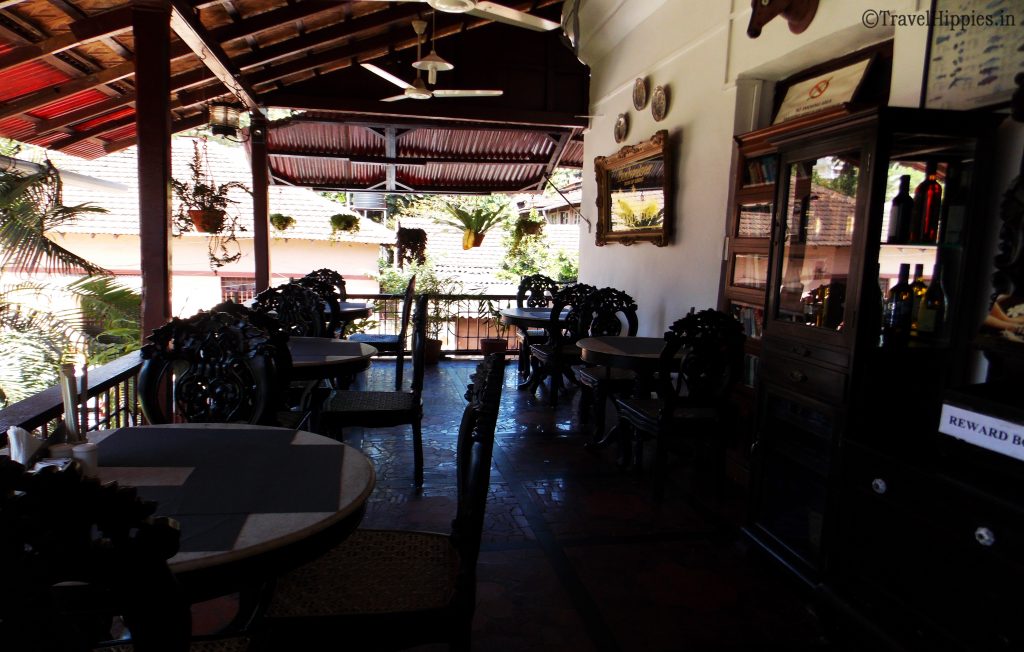
Want to stay in one of these studio homes in Fontainhas? Search the deals here.
The Streets of Fontainhas meeting at the St. Sebastian Chapel
Strolling further left on the street, you would see the beautiful yellow buildings converted into souvenir shops. The streets might surprise you with new amazement every time you visit it. So, don’t keep your expectations limited to what you read about it in the blogs. The crisscross lanes of the area with colorful quarters meet at a junction which used to be a gathering place and a place arranged for the community feasts or a celebration, just like in any old Portuguese colony. The only white building, that is a chapel, is located at this junction. The chapel has the crucifix that was once placed in the Palace of Goa. One of the unusual features of Jesus’ image on the crucifix is that his eyes are open.
This is one of the rare white buildings in this colorful Portuguese Colony of Fontainhas in Goa.
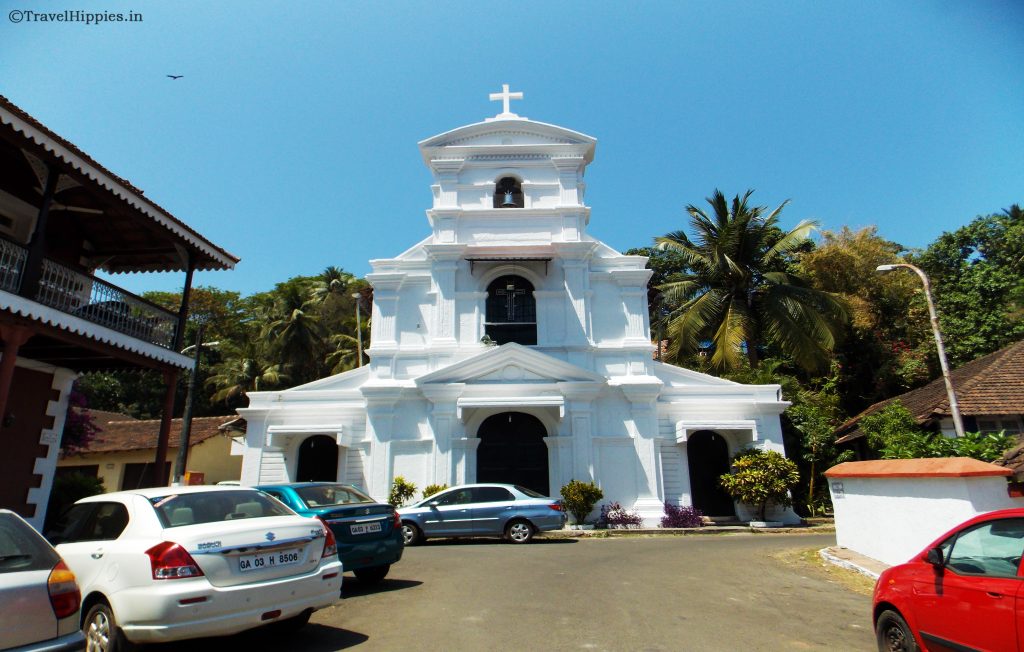
The Decorated Colourful Houses
The houses are typically built with colourful walls and a cross in the front wall. Many of them have antique wooden benches and furniture proudly showcased in their compounds and balconies decorated with the loveliest of the plants. It’s amazing to see the house plates and the shop names written in Latin. Another brilliant use of the abundant availability of seashells is its use in decorating the windows.
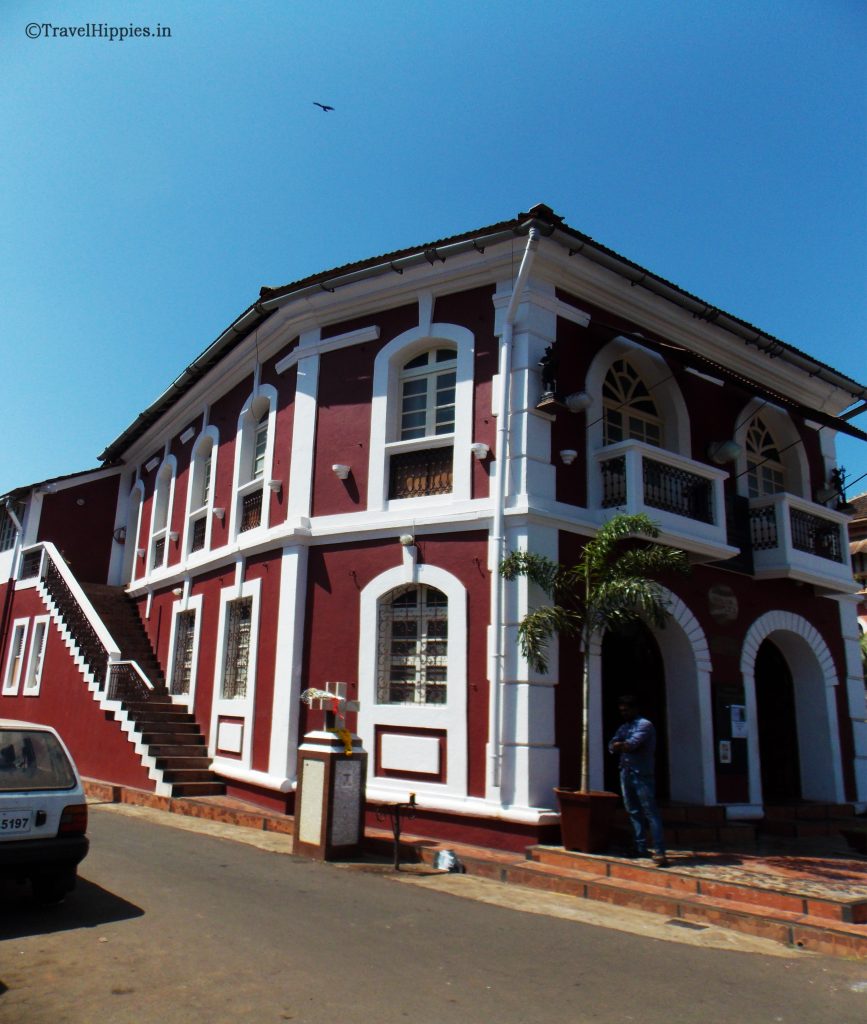
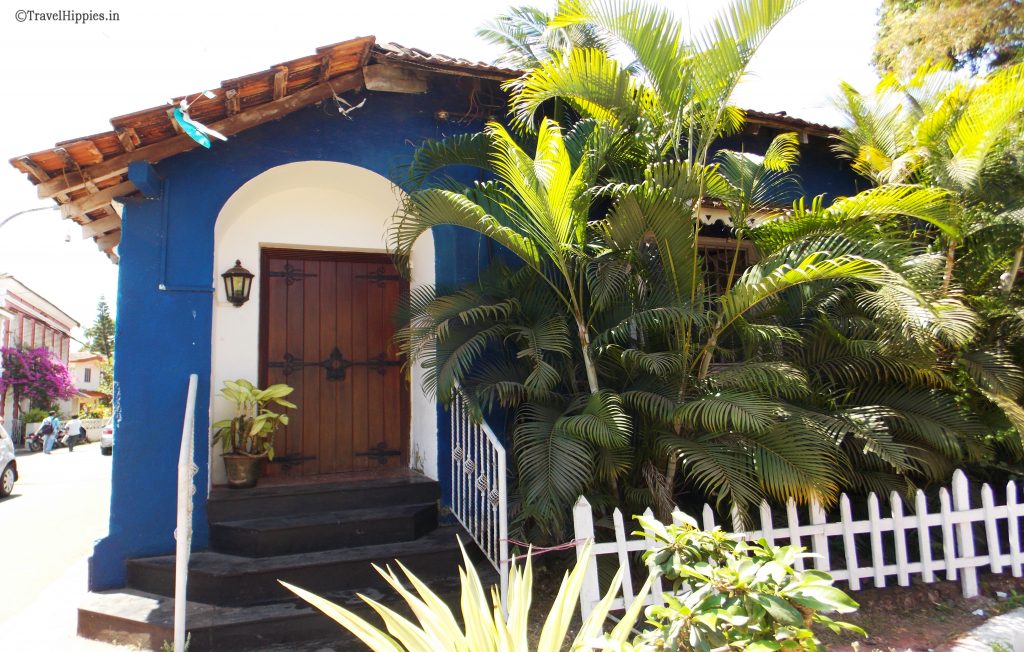
Almost all the houses have plenty of green plants that add to the shades of the houses. And this indigo coloured house is the cynosure of the photographers. It is also one of the iconic and most featured places of Instagram.

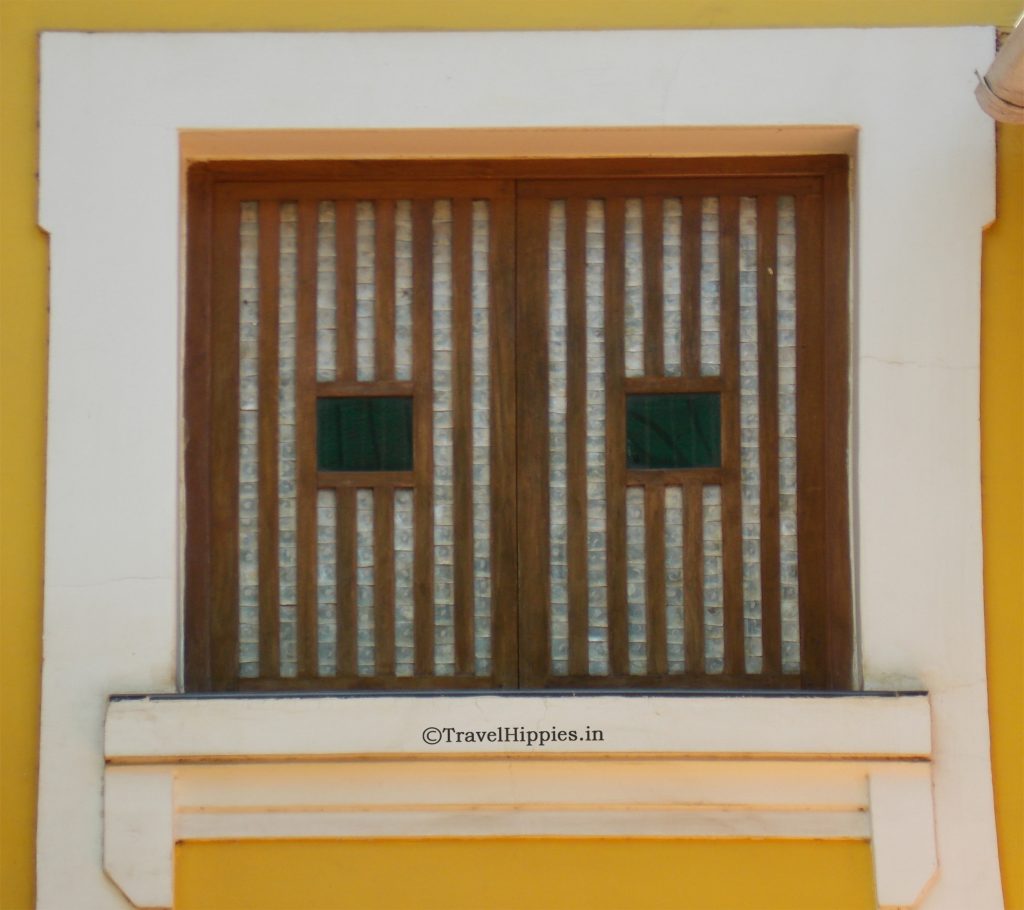
The Wishing Well and the Roosters
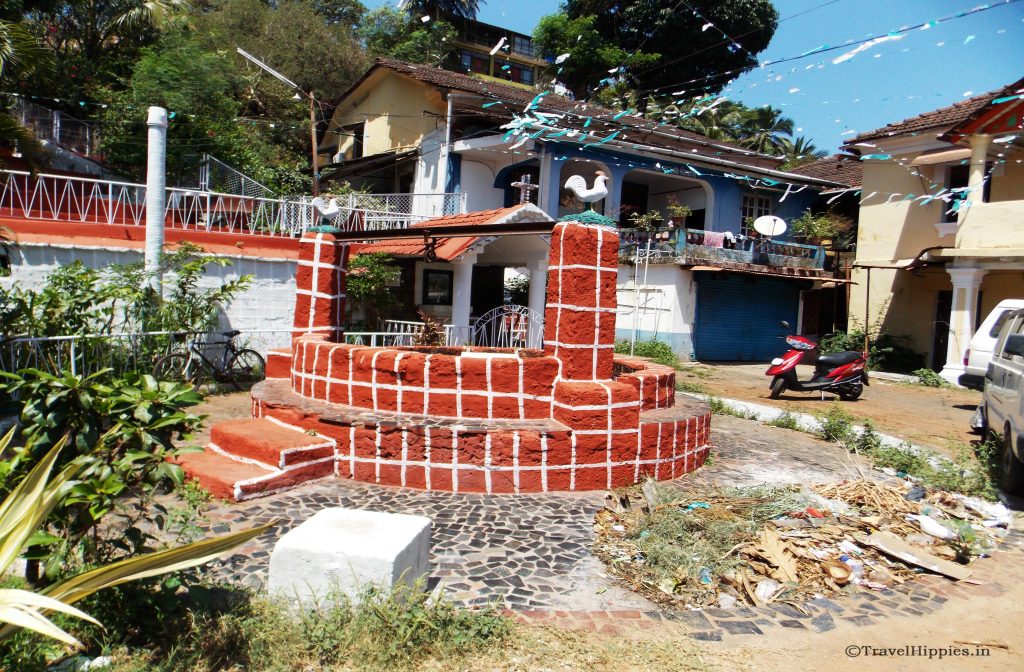
Though the well is no more in use, it gives the place an image of an old fairy-tale town. The roosters are the most common features on the pillars and walls of the houses. You can observe them even in this picture of the well. Recently, I came to know that the rooster is one of the unofficial National Symbols of Portugal. So, this is something very Portuguese about these structures in Fontainhhas. On the other hand, Roosters are also auspicious symbols for the Christians in this colony.
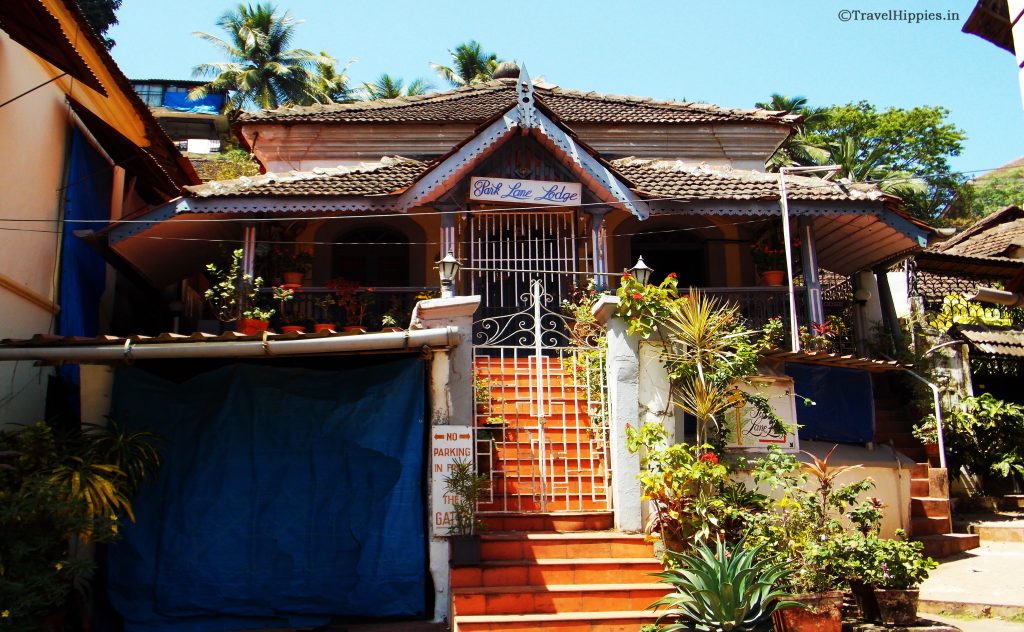
31st Janeria, The Oldest Bakery of The Portuguese Colonies in Goa
Moving towards the southern end, you can inquire the locals about the 31st Janeria (31st January) Bakery that is as historic as Fontainhas. The Bakery has been providing the fresh cakes, bread and cookies since the time of the establishment of Fontainhas. The main road further takes you to the Sao Tome Church, popularly known as the Panjim Church.
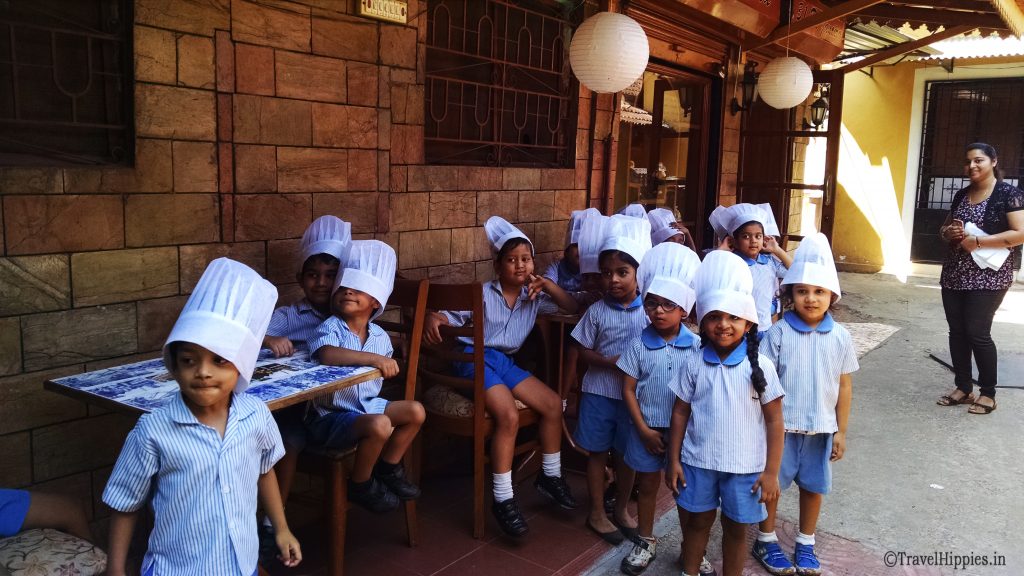
Hindu Temple and Houses Marking the End of the Quarters
The northern end of the area is denoted by the Hindu Brahmin colony dominantly identified with the houses having the holy basil plant at the centre of the compound. The Hill also has a beautiful temple dedicated to Lord Hanuman. You must climb up to get the stunning view of the capital.
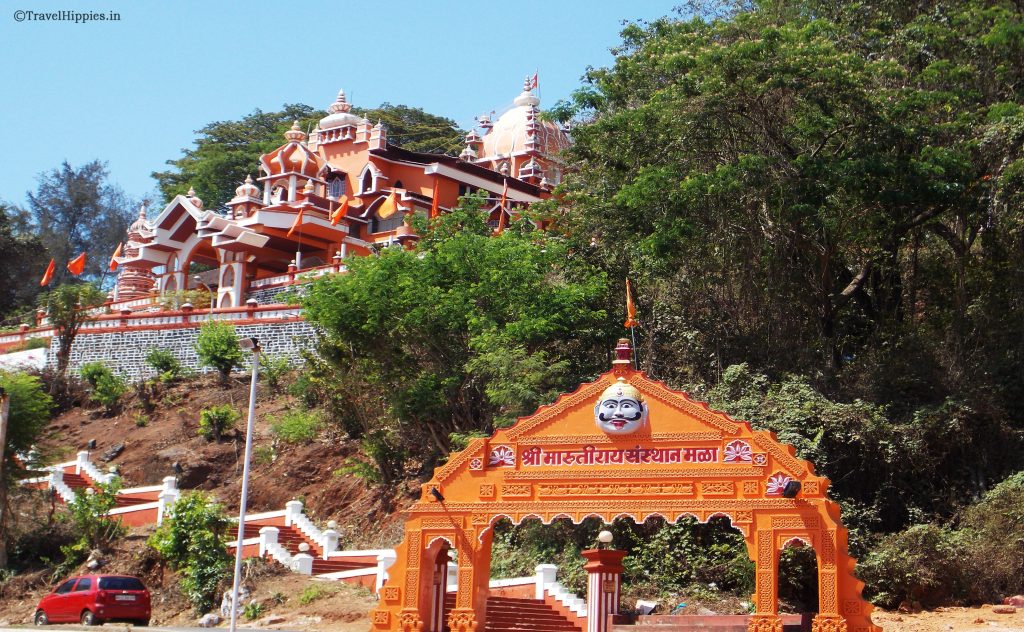
The 100-year-old library named Shri Mahalakshmi Prachin Hindu Vachan Mandir is another unique feature of this area. The locals still visit the library for the reading of the age-old books.
If you wish to know about life in Goan before the colonization, you must visit the Bigfoot Museum in Ponda that is famous for its biggest monolith carving of Saint Meera, on the rock floor.
Also Read
10 Offbeat Things to Do in Goa Beyond Beaches
The Big Foot Museum in Goa – The Lost Goan Culture
Travel Tips:
- Start early in the morning to avoid the heat of the day.
- The best-budgeted place to stay near Fontainhas is Old Quarter Hostel by The Hostel Crowd.
- The best season to visit is the winter. (October to March)
- The best mode of exploration is either walking or cycling, as the narrow lanes can’t be reached by a two-wheeler.
- Cycles are available on rent at a minimal rate from the Old Quarter Hostel.
- You can have a scrumptious lunch at B & B café that is in the Old Quarter lane moving towards the main road.
- Don’t forget to interact with the friendly locals in the area who might give some interesting information about the place.
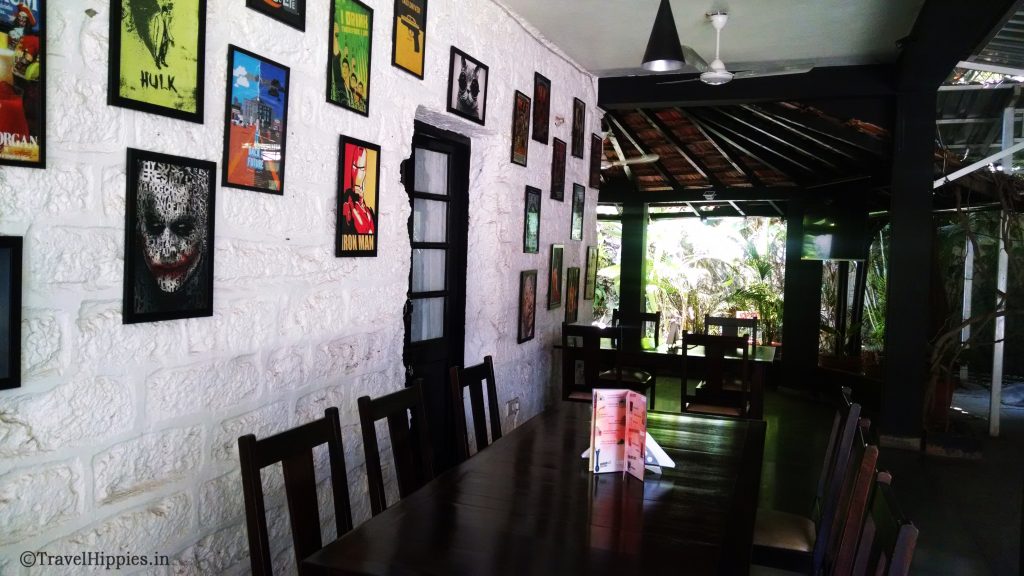
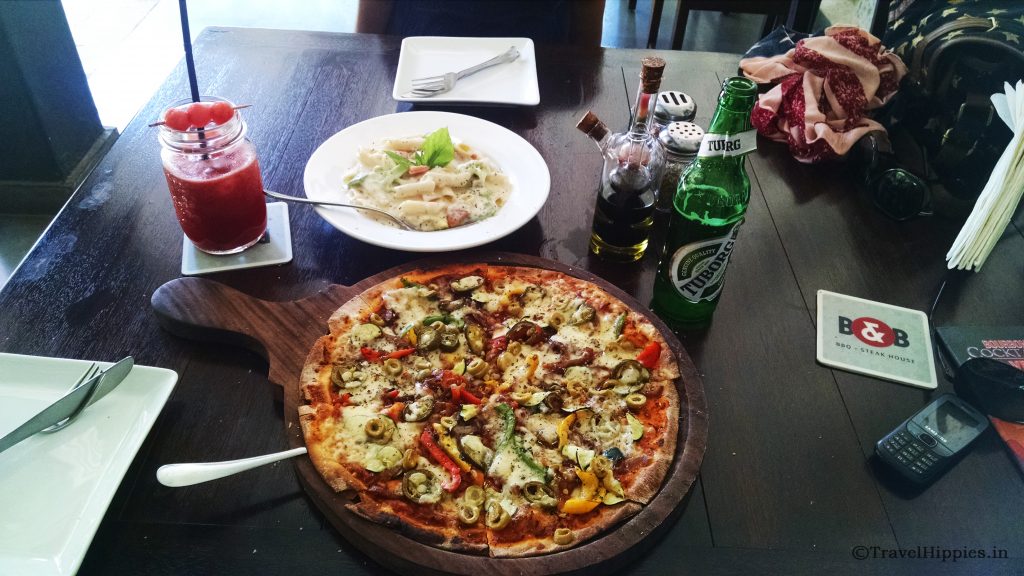
You might also like to go for a Spice Plantation Tour, an amazing experience of walking through the aromatic trail.
Useful? Pin it Now
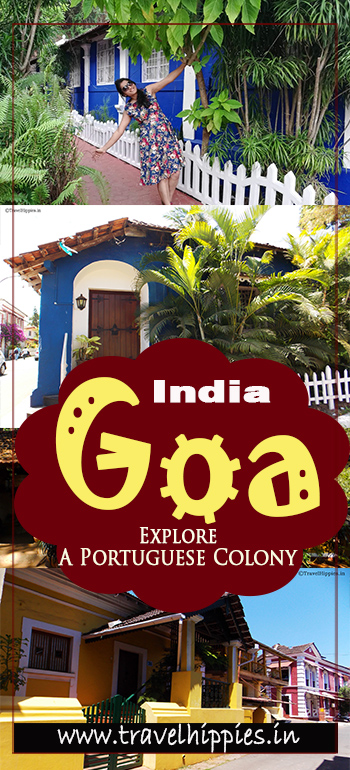
Follow me on

This is so cool!! great pics!
Thank You Paige. Stay tuned 🙂